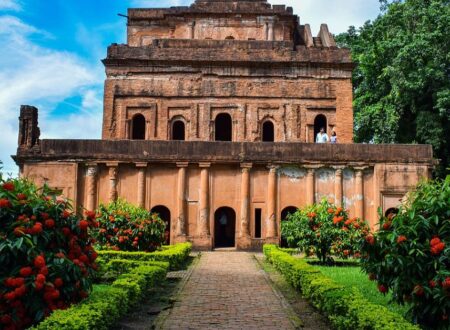India is a diversified nation with many languages, cultures, communities, traditions, stories, history, art, and architecture. All of these treasures lead us to magnificent historical Indian heritage sites.
India is famous for its rich heritage. That’s right! As per the world heritage sites, UNESCO has proclaimed about 40 heritage sites in India. Of which 32 are cultural, 7 natural, and 1 mixed ( both cultural and natural).
There are many fantastic Indian heritage sites to explore, to name a few are;
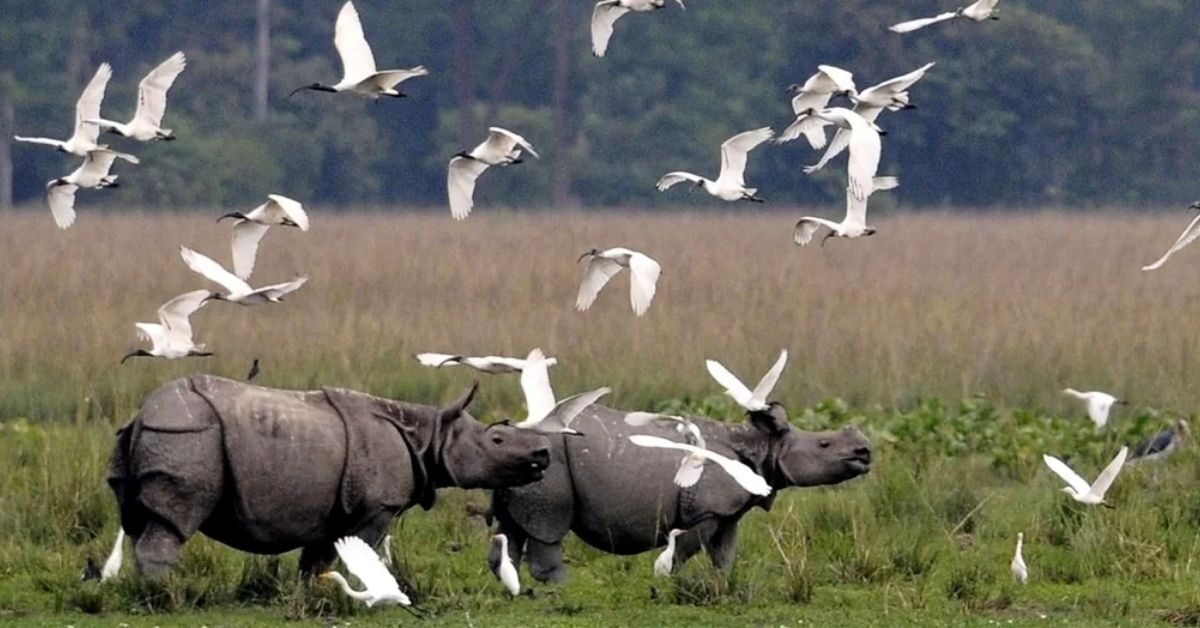
Kaziranga- Assam :
Kaziranga is situated in India’s very own ‘tea country’ Assam. It was made in 1908 and declared the World Heritage Site in 1985. It’s a National park and home to many wildlife species and animals. Such as elephants, one-horned rhinos, bison, bears, tigers, langur, sloth, otters, and birds. In fact, it’s the single most extensive grassland and floodplain in the Brahmaputra valley and has the largest population of one-horned rhinos.
Apart from the sanctuary, tourists can also visit the clean villages of Assam. To view the local day-to-day life and their traditions. The tea estates can give the most pleasing tea tasting experience and tea powder around the country.
The museums can give a feel of their folk dances, art, and culture. Thus providing the guests with a complete experience of the northeastern belt of the country.
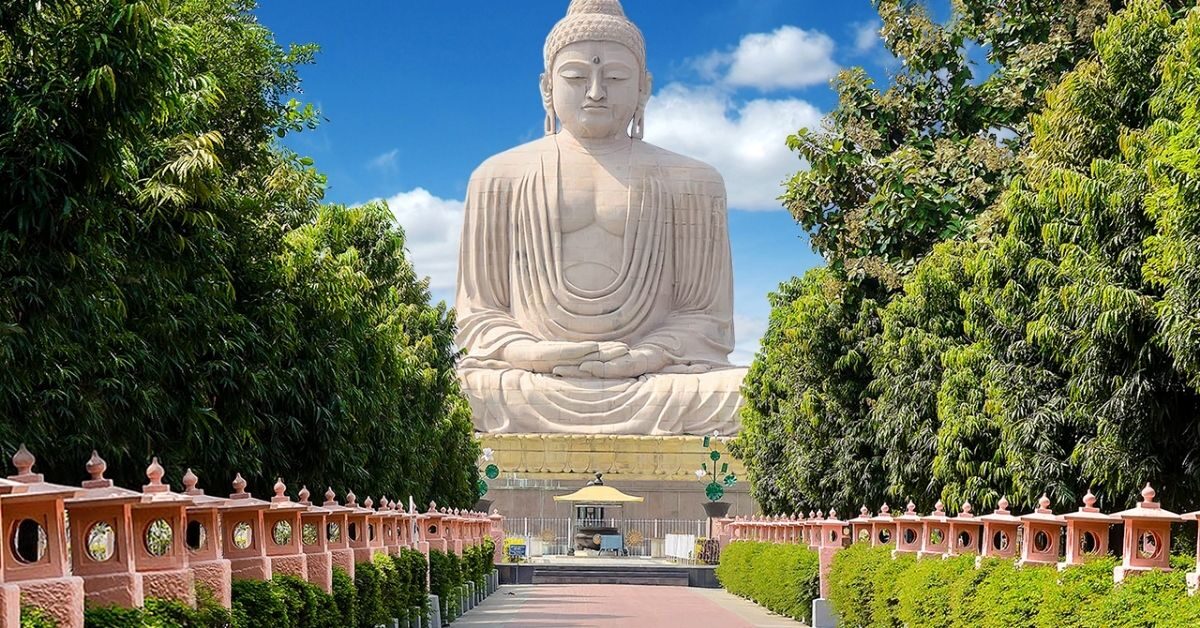
Bodhgaya- Bihar :
Bodh Gaya has located about 100 km from Patna, in Bihar. It was this place where Buddha attained enlightenment. In fact, Bodh Gaya is the holiest pilgrimage place for Buddhists. Gaya consists of the holy Bodhi Tree, The Mahabodhi temple, established during the reign of the Great King Ashoka.
The Vajrayana and the six sacred sites of Buddha’s enlightenment. It also consists of many ancient stupas. All the stories of Buddha and Buddhism revolve around this sacred magical place.
Apart from the religious experience, the tourists can also view the art and handicrafts of the locals. The simplicity lies in the local culture. The all-time heartwarming welcome offered to the guests adds to the pristine beauty of this place.

Dholavira- Gujarat:
It is located in Khadri Bet Island, the Kutch district of Gujarat. Moreover, Dholavira is one of the five largest Harappan sites in the Indian continent. Discovered in 1967, this site is under archaeological survey of India. It has remains of Indus Valley civilization.
Travelers found the Ancient inscriptions. It represents the Indus Valley scripts. Dholavira also represents the rainwater harvesting system and the middle and lower towns citadel. They also built an underground drainage system for sanitation and a sizeable stadium-like seating area. Thus becoming one of the tourist attractions in Indian heritage.

Hampi- Karnataka:
Hampi is one of the UNESCO world heritage sites. It is located in Karnataka and the ancient ruins of Hampi, which depict the Dravidian style architecture. Moreover, it consists of many heritage monuments. Of which Virupaksha temple is the most significant and is the Hindu religious center.
Others include Ganesha temple, Narasimha, Krishna temple, Hemkuta group of temples, and Lotus Mahal complex. Together, these are called the ‘Group of monuments at Hampi. Hampi lies within the ruins of the Vijaynagar Empire and is about 4187.24 ha in area. It’s a village surrounded by many ancient temples.
Famous for its sculptures, monuments, temples. It also gives tourists a view of their local culture, cuisine, and the popular Hampi bazaar. It’s a famous tourists attraction due to its excellent quality and architectural brilliance.

Sun Temple – Konark Odisha:
The one among the seven wonders of India, the Sun Temple is situated in the beach town of Puri. This temple is located at Konark is famous for its ‘chariot of the sun. The sun temple was built by King Narsimhadeva I during 1250 AD. It consists of a giant chariot surrounded by walls and pillars. Six horses lead these.
The sun temple represents the Kalinga style architecture. It was initially considered the largest Brahmin sanctuary in India. The tourists can view handicrafts in the local stalls and art shops surrounding the temple.
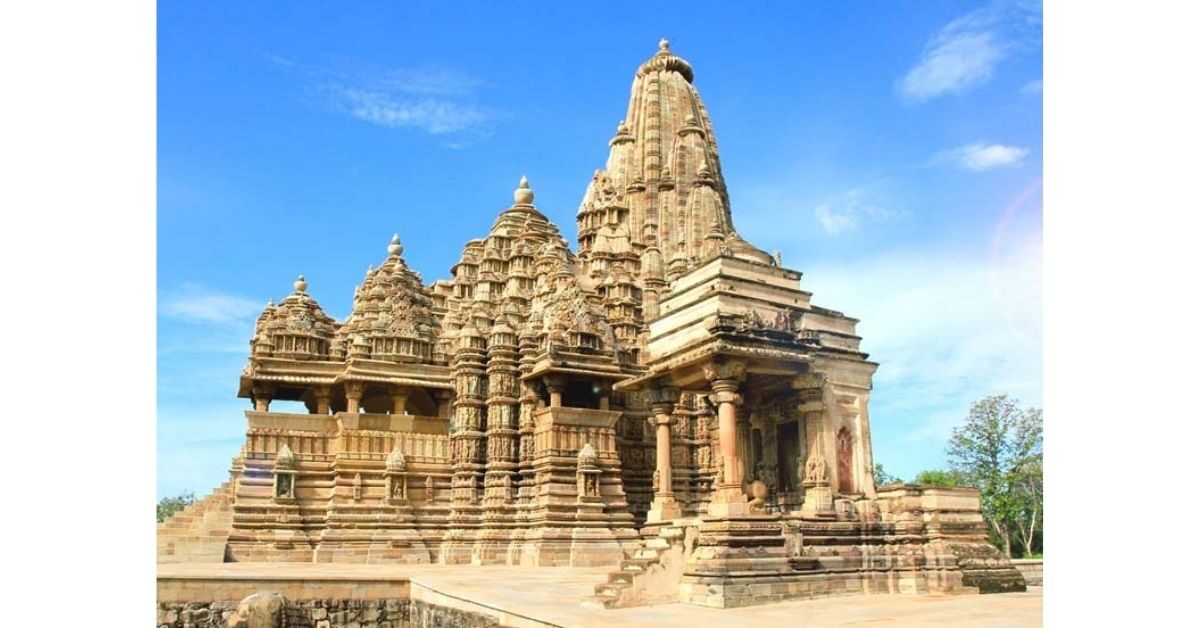
Khajuraho- Madhya Pradesh :
Located in Madhya Pradesh, Khajuraho is a group of temples. These temples are the most beautiful monuments. It was built around 900AD and 1130 AD. Constructed during the reign of the Chandella dynasty and was their religious capital. In fact, it represents the architectural significance, artistic creativity, and deriving spiritual peace through eroticism.
The area is spread over 9 square miles and consists of about 85 temples, of which only 25 are surviving due to preservation and care. The temples have 8 entry-exit gates and are enclosed with massive walls. At every gate, there are date trees, hence the name ‘Khajuraho.’ These temples suffered great destruction after the rule of the Chandella dynasty ( 1150 AD ).
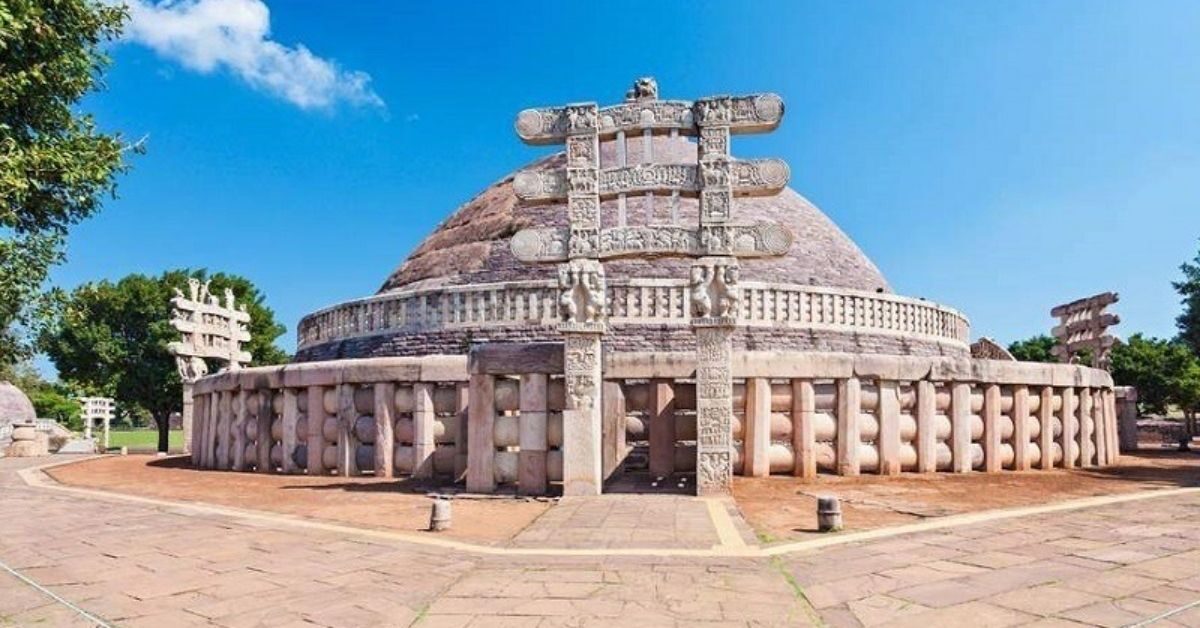
Sanchi stupa- Madhya Pradesh:
Sanchi Stupa is one of the oldest stone structures in the Indian Heritage Sites list. It is located in Madhya Pradesh. Built during the 3rd century BCE, upon the relics of Buddha. It is about 46 km towards the northeast of Bhopal.
Rich in its structure, built using monolithic pillars, this place stands as an essential Indian heritage. This being the critical pilgrimage site, it has a hemispherical shape brick-like structure. It symbolizes rank and it was crowned the ‘Chatra.’
The Buddhists considered it an important pilgrimage site till about the 12 century AD, after which the religion declined in popularity. Today, these stupas are famous tourists destinations, as they give a closer view of Buddhism and its teachings.
In Conclusion:
Thus, India is rich in culture and diversity, has many such Indian Heritage Sites hidden in history books. The culture and traditions are yet to be explored. These magical places will take you back in time to discover the beauty and stories of the past.
Follow India Chalk on Instagram for more amazing travel content. You can share your travel story with us. Reach out to us on email at contact[at]ndiachalk[dot]com. This blog is curated by India Chalk and written by Manasi Sapre.






